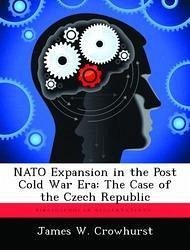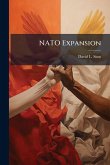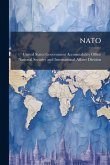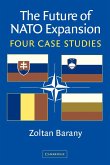During its first forty years, the North Atlantic Treaty Organization (NATO) successfully deterred Soviet expansion in Europe. Since the end of the Cold War, NATO has moved from confrontation with the East Bloc to cooperation, partnership and dialogue with most of Europe. As Yugoslavia disintegrated and the Balkans erupted in violence, the alliance broadened its historically defensive military strategy to include out of area peace operations. NATO's focus changed from collective defense to collective security. NATO chose to expand its membership as part of this process with Poland, Hungary and the Czech Republic joining in 1999. At the same time, NATO revised its Strategic Concept to codify its collective security focus while also leaving the door open for future expansion. What should the entrance criteria be for future NATO members? A case study of the Czech Republic's progress towards accession in the 1990s provides a framework to analyze the relationship between expansion and the alliance's Strategic Concept of cooperation and collective security. Specifically, the Czech Republic not only met basic entrance requirements, but also used NATO's Partnership for Peace program and peacekeeping operations in Bosnia to ensure their membership bid. This work has been selected by scholars as being culturally important, and is part of the knowledge base of civilization as we know it. This work was reproduced from the original artifact, and remains as true to the original work as possible. Therefore, you will see the original copyright references, library stamps (as most of these works have been housed in our most important libraries around the world), and other notations in the work. This work is in the public domain in the United States of America, and possibly other nations. Within the United States, you may freely copy and distribute this work, as no entity (individual or corporate) has a copyright on the body of the work. As a reproduction of a historical artifact, this work may contain missing or blurred pages, poor pictures, errant marks, etc. Scholars believe, and we concur, that this work is important enough to be preserved, reproduced, and made generally available to the public. We appreciate your support of the preservation process, and thank you for being an important part of keeping this knowledge alive and relevant.
Bitte wählen Sie Ihr Anliegen aus.
Rechnungen
Retourenschein anfordern
Bestellstatus
Storno








